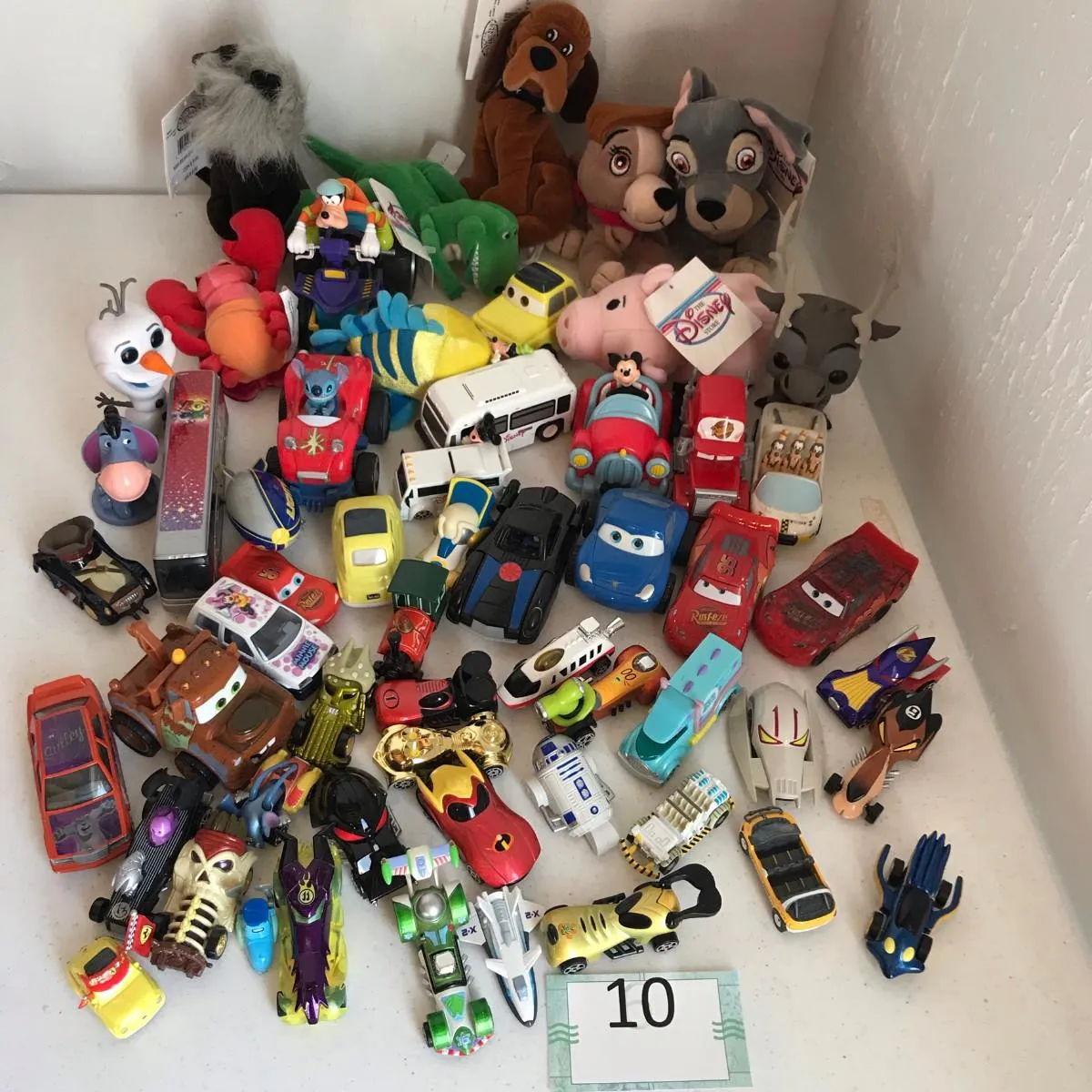What are Diecast Cars
Diecast cars are miniature model vehicles, typically made from metal, that replicate real-life cars. They are a popular hobby for collectors of all ages, and range from simple toys to highly detailed replicas. These models are created using a die-casting process, where molten metal is poured into molds to form the car’s body and other parts. The level of detail and accuracy varies depending on the manufacturer and the scale of the model. Diecast cars offer a way to appreciate the beauty of automotive design, and they have a significant historical and cultural impact. They can be a source of joy for both children and adults, representing a unique blend of artistry, engineering, and nostalgia. Starting a diecast car collection can be a rewarding experience and a great way to connect with like-minded enthusiasts.
The History of Diecast Cars
The history of diecast cars dates back to the early 20th century. The first diecast toy cars appeared around the 1900s, primarily in the form of solid cast-iron toys. The real evolution began after World War II with the introduction of zinc alloys. Early manufacturers like Dinky Toys and Corgi Toys set the standard for diecast models. The market boomed in the 1950s and 1960s, with the emergence of detailed models. Diecast cars became more sophisticated, with detailed interiors, opening doors, and realistic paint jobs. The industry went through further transformation, with the rise of global manufacturers and the development of new materials and techniques. Today, the diecast car industry is a vibrant and diverse market that includes models of cars from all eras, from classic cars to modern supercars. The history of these miniatures reflects the history of the automobile industry, from its beginnings to the present day.
Materials and Manufacturing Process
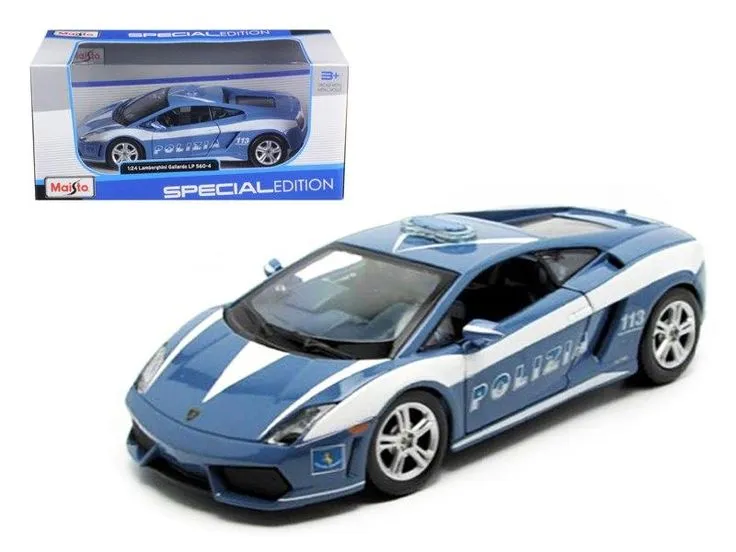
The manufacturing process for diecast cars involves several key steps. The first step is die-casting, where molten metal (typically zinc alloy) is injected into a mold. This process allows for the creation of intricate details and shapes. After casting, the parts are removed from the mold and undergo trimming to remove any excess material. The parts are then often treated and painted to mimic the look of real-life vehicles. Details like headlights, taillights, and interior components are added. Finally, the parts are assembled to create the final product. The choice of materials, the precision of the molds, and the care taken during the painting and assembly process determine the quality and the realism of a diecast car. Modern manufacturing techniques enable manufacturers to create incredibly detailed and accurate models, often using high-quality materials to ensure durability and visual appeal. These models are a great reflection of the automotive world.
What to Look for in Diecast Cars
When choosing diecast cars to collect, several factors determine the model’s value and appeal. The level of detail is paramount. Look for models with accurate proportions, detailed interiors, and realistic paint jobs. The quality of materials, from the metal body to the tires and windows, plays a significant role in the model’s durability and aesthetic appeal. The scale is also important, as it determines the size of the model and how it compares to other cars in your collection. Models from well-known brands are usually more valuable. Collectible models often have a higher value due to their exclusivity and limited production. The accuracy of a diecast car, including its paint, decals, and details, directly impacts its value and collectibility. Checking the model’s authenticity and condition is essential; original boxes, manuals, and accessories will increase the value. Also, consider the brand reputation, the rarity, and the overall visual appeal. A car that captures your interest is the best way to start a collection.
Scale and Sizing
The scale of a diecast car indicates its size relative to the real-life vehicle. Common scales include 1:18, 1:24, 1:43, and 1:64. 1:18 scale models are the largest and offer the most detail, while 1:64 scale models are the smallest. The scale influences the level of detail that can be included. Larger scale models usually have more detailed interiors, opening doors, and other features. Choosing a scale is a matter of personal preference and can be influenced by the space available for the collection. Collectors often focus on one or two scales to maintain consistency in their collections. Scale is a crucial factor in diecast car collecting, affecting the visual impact of models and the way they interact with each other. As your collection grows, the scale can help to arrange your models, allowing you to create various displays.
Common Scales
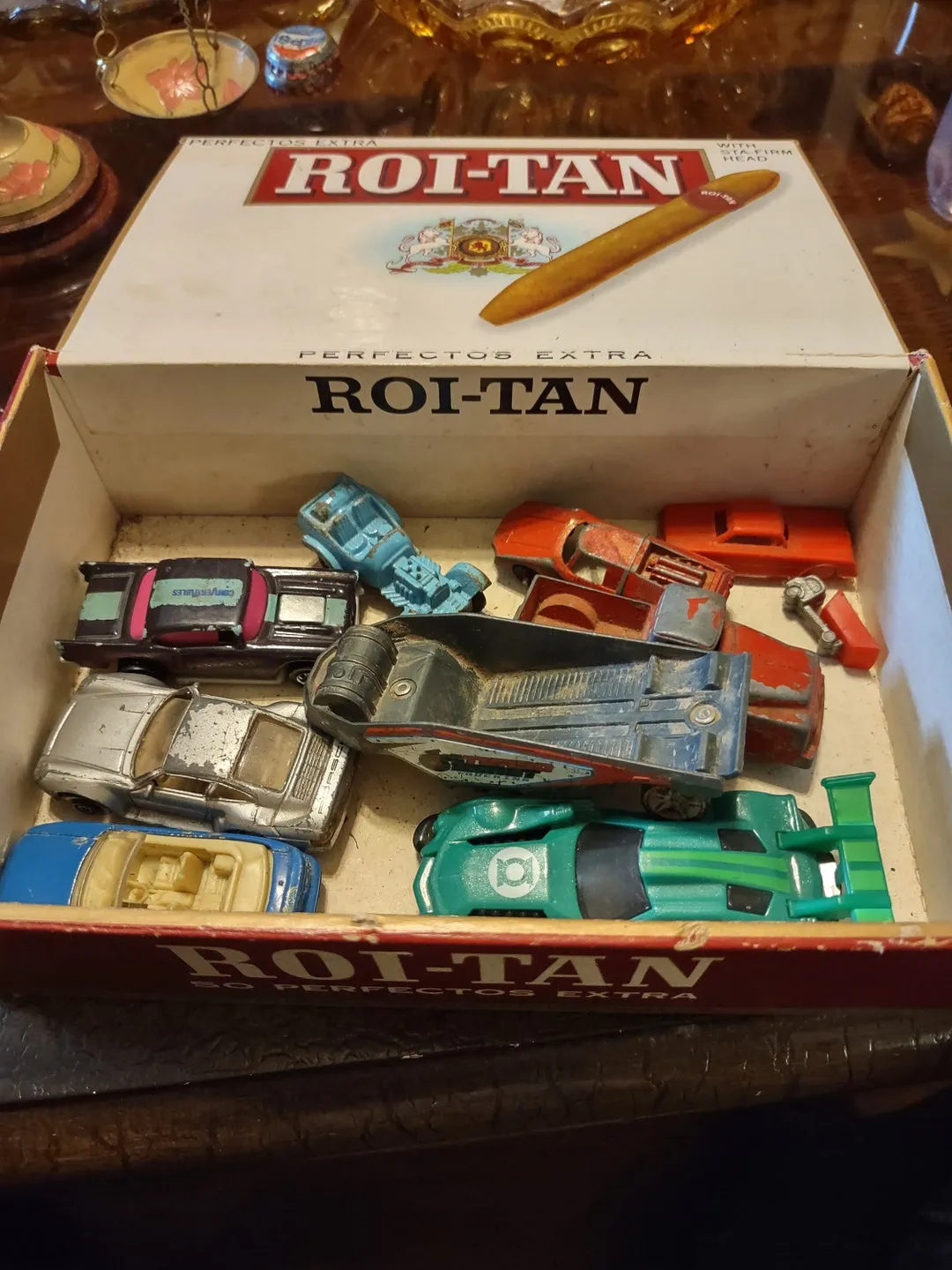
Different scales provide unique collecting experiences. 1:18 scale models are renowned for their impressive detail, making them a favorite among serious collectors. 1:24 scale models are a popular middle ground, offering a good balance between detail and affordability. 1:43 scale is a versatile option, suitable for those with limited space. 1:64 scale models, also known as ‘Matchbox’ or ‘Hot Wheels’ cars, are ideal for casual collectors or for children. Other scales, such as 1:12 or 1:8, offer extremely detailed models but take up a lot of space. Considering the scale when starting a collection helps establish the layout and the overall aesthetic. Each scale offers a different collecting experience, and collectors may find they gravitate towards specific ones based on personal interests and space limitations.
Popular Diecast Car Brands
Several brands have earned a solid reputation in the diecast car world. Hot Wheels and Matchbox are famous for their affordable and widely available models, perfect for both children and collectors. Autoart and Minichamps are known for their high-quality, detailed models, often in 1:18 scale. Kyosho and Bburago offer a wide range of models, from classic cars to modern supercars. Greenlight Collectibles specializes in models of vehicles featured in movies and television shows. Choosing brands to collect is a personal decision, often based on the quality, the variety of models available, and the collector’s personal interest in specific car types. Researching different brands and their specialties is an excellent way to make informed decisions. The best brand will depend on your preferences, budget, and what you find most appealing.
Where to Buy Diecast Cars
Finding diecast cars can be an enjoyable part of the collecting process. Online marketplaces like eBay and Amazon offer a vast selection of new and vintage models. Specialty retailers and online shops often stock specific brands. Local hobby shops are great places to find rarer items. Car shows and swap meets are a good way to buy and trade models. Consider the model’s condition, the seller’s reputation, and the price when buying online. Checking the model’s details and asking for additional images can help confirm the item’s condition. Attending local events gives collectors the chance to see models in person and meet other enthusiasts. Finding the right place to shop will depend on your preferences, budget, and collecting goals. A good strategy is to mix and match your shopping locations to get the best selection.
Online Marketplaces
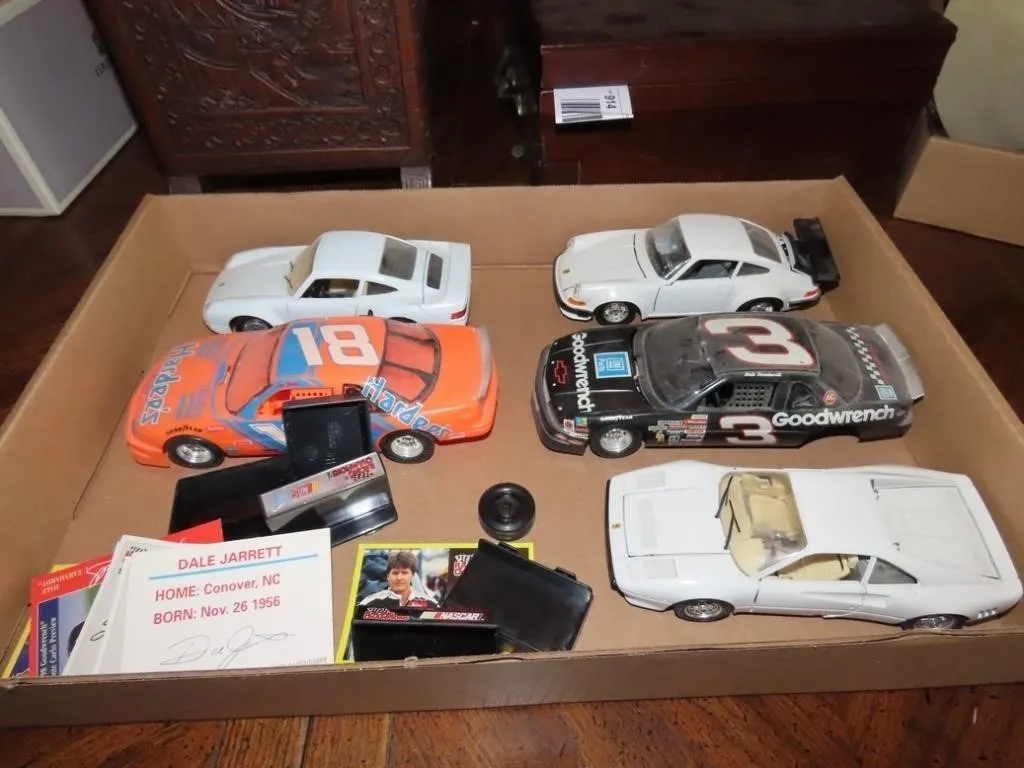
Online marketplaces offer a convenient way to find a wide range of diecast cars. Websites like eBay and Amazon are great resources to find the models you want. These platforms offer a large selection of models, from common to rare. Auctions give the chance to bid on models. Thoroughly research the seller’s feedback before making a purchase. Scrutinize the product descriptions and the images provided. While online marketplaces can provide great opportunities, it is important to protect yourself from scams. Comparing prices from different sellers can help make an informed decision. With a little caution and careful research, online marketplaces can be valuable sources for building a diecast car collection. Always verify the authenticity of the model.
Local Hobby Shops
Local hobby shops provide an opportunity to find unique models and connect with local collectors. These shops provide a curated selection of diecast cars. They often feature models not easily found online. Local hobby shops provide knowledgeable staff who can answer questions and offer advice. Visiting a local hobby shop supports your community and gives the chance to develop relationships with other collectors. While prices may be higher than online, the advantages of seeing models in person and getting personal advice are worth it. Browsing through local shops is a worthwhile experience for any diecast car collector. Building relationships with the shop owners can result in finding rare and desirable models.
Caring for Your Diecast Cars
Proper care and maintenance are important to preserving the condition and the value of your diecast cars. Keeping your models clean protects their paint and details. Store your models in a place away from direct sunlight, excessive heat, and moisture. These elements can damage paint, decals, and other components. Handling your models with care reduces the risk of scratches and other damage. Using a soft cloth to dust the models regularly is a great practice. Investing in protective display cases can help to keep your models safe from dust and accidental damage. Proper care will ensure your collection looks good. Maintaining the models in the best possible condition is important for preservation and value. Following the steps above will help ensure your collection lasts for years.
Cleaning and Maintenance
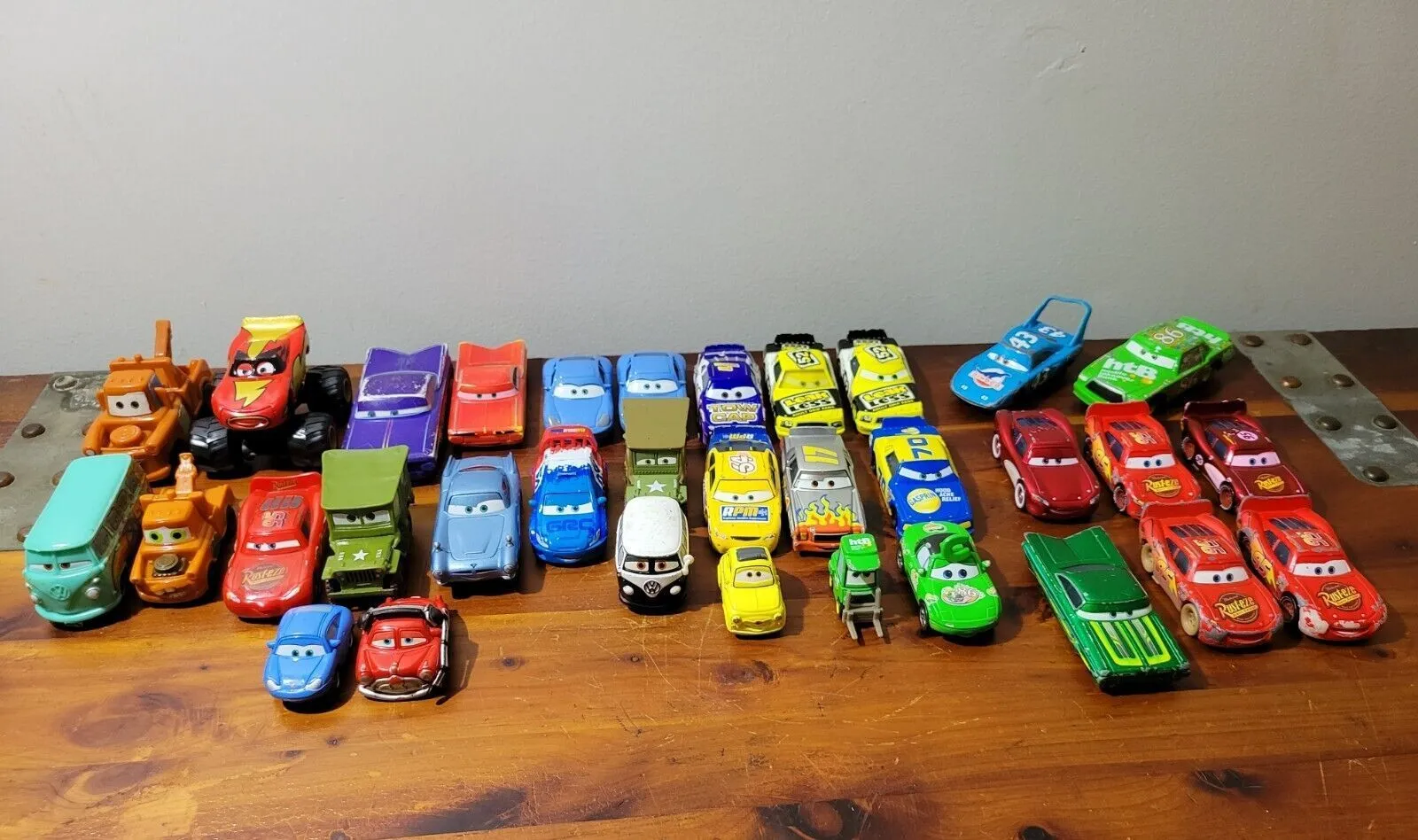
Cleaning your diecast cars is a simple but effective process. Use a soft cloth or a microfiber cloth to dust the models regularly. Gently wipe the model’s surface to remove dust and fingerprints. For stubborn dirt, use a mild soap and water solution. Avoid using harsh chemicals or abrasive cleaners. Regularly check your models for any signs of wear or damage. Repairing any damage, such as loose parts or scratches, quickly can prevent further issues. Proper cleaning and maintenance will ensure that your diecast cars stay looking their best and continue to provide enjoyment for years to come. Regular cleaning can help protect the condition of your models and extend their lifespan.
Storing Your Collection
Storing your diecast cars properly helps preserve their value and their condition. Keep your collection in a cool, dry place, away from direct sunlight. Sunlight can cause paint fading and damage other model components. Consider using display cases or cabinets to showcase your models while protecting them from dust and accidental damage. Display cases can protect your models and help them to look their best. If you don’t have display cases, store the models in their original boxes. Organize your collection in a way that is easy to browse. Proper storage helps protect your investment and allows you to enjoy your collection. Following these guidelines will ensure your diecast cars remain in great condition for many years.
Collecting Diecast Cars Tips and Tricks
Building a great diecast car collection can be a rewarding hobby. Research different models and brands to help you make informed decisions. Participate in online communities or local clubs to connect with other collectors and share information. Set a budget to avoid overspending. Carefully inspect each model before purchasing, checking for defects or damage. Consider the future value of the models. Collect models that match your interests to find great satisfaction. Take your time and enjoy the journey. Collecting diecast cars should be a fun and enjoyable experience. Finding satisfaction by creating a collection that reflects your personality is a key aspect. With patience and enthusiasm, you can create a valuable and enjoyable collection of diecast cars. Enjoy the process!
